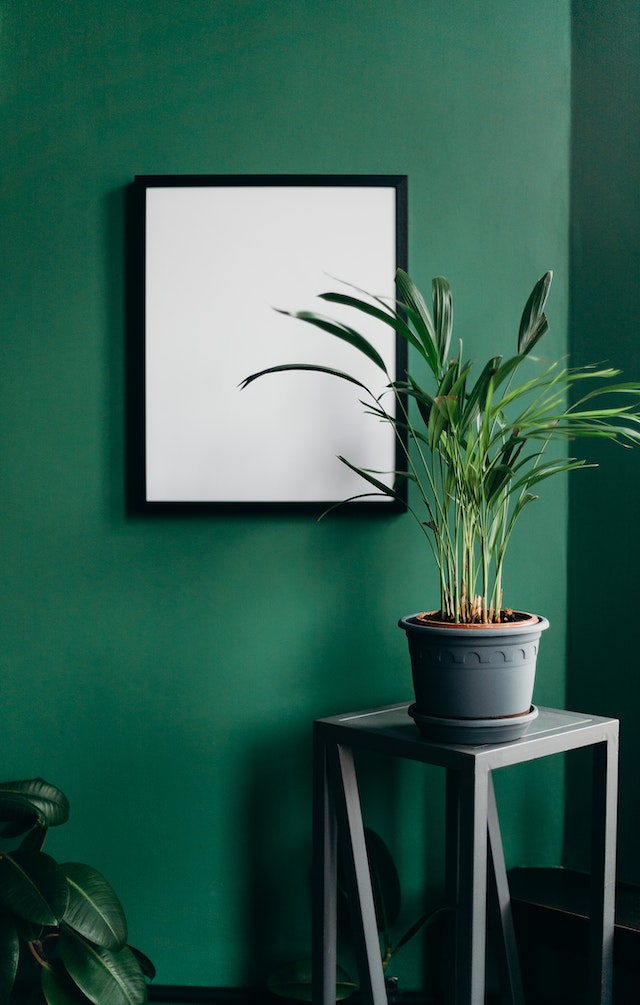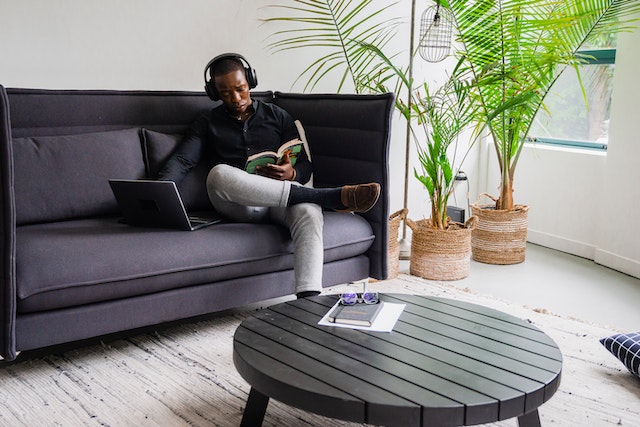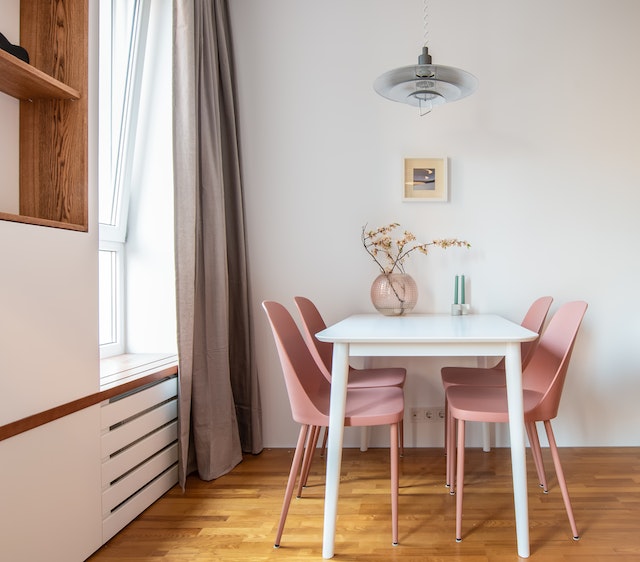
Are you tired of the conventional use of white in small spaces? Do you long to break free from the shackles of ordinary color palettes and embark on a journey towards a more vibrant and awe-inspiring dwelling? Look no further, for we are about to explore the enchanting realm of alternative color palettes that will transform your small space into a dazzling haven.
While white is often favored for its ability to create an illusion of spaciousness, it can also be perceived as dull and uninspiring. Why not venture into uncharted territory and experiment with hues that evoke emotions, stimulate the mind, and breathe life into your surroundings?
Embracing alternative color palettes is not only a daring leap into the unknown but also an opportunity to showcase your unique personality and taste. By departing from the safety of white, you open yourself up to a world of infinite possibilities where each color tells its own story, and your small space becomes a canvas for your creativity to flourish.
So, if you are ready to bid farewell to the realm of white and embark on a journey of self-expression and revitalization, then let us begin this marvelous exploration of alternative color palettes for small spaces.
The Impact of Color in Small Spaces
In interior design, color holds immense power. It has the ability to shape our emotions, influence our perceptions, and transform the very essence of a space. Nowhere is this more evident than in small spaces, where every color choice becomes all the more crucial. In these intimate nooks, we yearn for a sense of openness, a breath of fresh air amidst the constraints of limited square footage.
Traditionally, white has taken center stage as the color of choice in small spaces, prized for its ability to create an illusion of spaciousness. But why settle for the conventional when a world of alternative color palettes awaits? It’s time to break free from the monotony and embrace the extraordinary.
Now, you might be wondering, what exactly are alternative color palettes? Simply put, they are a departure from the norm. They challenge the status quo, beckoning us to explore uncharted territories and exude our unique personalities. They invite us to indulge our senses and create spaces that truly reflect who we are.
Imagine a small living room adorned in rich, earthy tones that envelop you in warmth, creating a cozy sanctuary away from the chaos of the outside world. Or picture a tiny kitchen bathed in vibrant blues and greens, invoking a sense of tranquility and serenity as you whip up culinary delights.
Choosing alternative color palettes is not just about making a bold statement; it’s about creating a space that speaks to your soul. It’s about infusing life into every corner, guiding the eye to unexpected focal points, and inviting conversations that linger long after the last guest has departed.
Going Beyond White: Alternative Color Palettes

The notion of using anything other than white may seem like a radical departure. However, alternative color palettes have the power to elevate your small space to new heights of aesthetic brilliance. Here are some examples to inspire your daring exploration:
- Jewel Tones: Imagine a small bedroom adorned in deep, lustrous jewel tones like emerald green, sapphire blue, and amethyst purple. These rich hues evoke a sense of opulence and create a cozy atmosphere that is perfect for relaxation and rejuvenation. By incorporating jewel tones into your small space, you infuse it with an air of elegance and sophistication.
- Nature-inspired Neutrals: For those who yearn for a connection with the natural world, alternative color palettes inspired by nature can transform your small space into a serene sanctuary. Think earthy browns, mossy greens, and warm shades of sand. These colors bring the outdoors in and create a sense of grounding that is essential for small spaces.
- Pop of Color: If you’re feeling adventurous, consider adding a playful pop of color to your small space. Whether it’s a vibrant yellow accent wall, a bold fuchsia sofa, or a statement piece of artwork in a striking shade, a burst of color can instantly breathe life into any room. It adds personality and energy, making your small space truly one-of-a-kind.
- Monochromatic Magic: Embrace the power of a monochromatic color palette to create an illusion of expansiveness in your small space. Choose a single color and play with varying shades and tones, from light to dark. This approach adds depth and sophistication, while maintaining a harmonious and cohesive look.
- Touch of the Exotic: For those with a taste for the exotic, consider incorporating global-inspired color palettes into your small space. From the sun-drenched hues of the Mediterranean to the vibrant shades of Moroccan spice markets, these palettes can transport you to far-off lands and add an element of adventure to your everyday life.
Remember, alternative color palettes are all about personal expression and pushing boundaries. Don’t be afraid to experiment and let your creativity run wild. By deviating from the norm, you have the opportunity to transform your small space into an extraordinary haven that reflects your unique personality and style.
Color Strategies for Specific Rooms
When it comes to alternative color palettes, different rooms call for different approaches. Let’s explore how you can use alternative color palettes to create stunning and impactful spaces in specific rooms of your small dwelling:
Bedroom
Your bedroom is your sanctuary, a place where you can unwind and rejuvenate. To create a serene and calming atmosphere, explore alternative color palettes inspired by nature, such as soft shades of green, warm sandy neutrals, or calming blues reminiscent of the ocean. These colors promote relaxation and restful sleep.
Kitchen
The kitchen is a space of creativity and nourishment. To inspire culinary adventures, consider alternative color palettes that evoke the vibrancy of fresh fruits and vegetables. Think of citrusy yellows, zesty greens, or even bold reds that energize the space and ignite your passion for cooking.
Living Room
The living room is often the heart of a home, the place where loved ones gather and memories are made. To infuse warmth and coziness into this space, consider alternative color palettes like earthy tones of terracotta, burnt orange, or deep mahogany. These colors create a sense of intimacy and create a welcoming atmosphere for guests.

Home Office
Your home office should be a place where you can focus and feel inspired. Consider alternative color palettes that promote productivity and creativity, such as shades of energizing blues, stimulating greens, or even invigorating purples. These colors can help you stay focused and motivated throughout your workday.
Bathroom
The bathroom is often a small space with limited natural light. To create a spa-like oasis, explore alternative color palettes that brighten and uplift the room. Opt for neutral shades like crisp whites or soft greys, which not only create the illusion of a more spacious environment but also provide a clean and calming atmosphere.
Techniques to Balance and Expand Space
Optical Illusion: Create the illusion of more space by using alternative color palettes strategically. Lighter shades, such as pastels or soft neutrals, can make a room feel more expansive and open. Consider using these colors on walls and ceilings to maximize the effect.
Accent Walls: Implementing accent walls with alternative color palettes can add depth and dimension to a small space. Choose a bold color or pattern that complements the overall scheme, and paint one wall in the room to serve as a focal point. This technique can draw the eye and create the illusion of expanded space.
Mirrors and Reflective Surfaces: Incorporate mirrors and other reflective surfaces into your small space to visually expand it. Mirrors not only reflect light, making the room appear brighter, but they also create the perception of depth. Consider using mirrored furniture or placing a large mirror across from a window to maximize the effect.
Vertical Lines: Use alternative color palettes that incorporate vertical lines or patterns to draw the eye upward and create the illusion of height. Consider using striped wallpaper or vertically oriented artwork to enhance this effect.
Multifunctional Furniture: Choose furniture pieces that serve multiple purposes, such as storage ottomans or convertible sofas. By maximizing functionality, you can reduce clutter and create more open space in your small room.
Strategic Lighting: Optimize lighting in your small space to create an illusion of openness. Use a combination of natural and artificial lighting to brighten the room and highlight key areas. Utilize floor lamps or recessed lighting to avoid occupying valuable floor space.
Minimalist Approach: Embrace a minimalist mindset when it comes to decor and furniture. By keeping the space clutter-free and focusing on essential elements, you can promote a sense of openness and expansiveness.

- Soft pastel pinks and light greys create a serene and airy ambiance, perfect for a small bedroom or living room.
- Rich jewel tones like deep purples and royal blues add a touch of luxury and drama, giving a small space a sense of grandeur and opulence.
- Earthy tones such as warm browns and burnt oranges evoke a cozy and inviting atmosphere, perfect for a small reading nook or study.
- Cool blues and crisp whites create a refreshing and calming environment, ideal for a small bathroom or kitchen.
Explore the world of alternative color palettes and let your imagination run wild. With the right combination of colors and techniques, you can transform your small space into an extraordinary haven that reflects your unique personality and style. Let the power of color take you on a journey to create a small space that defies expectations and leaves a lasting impression.
